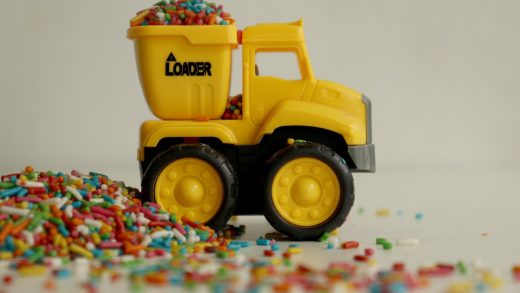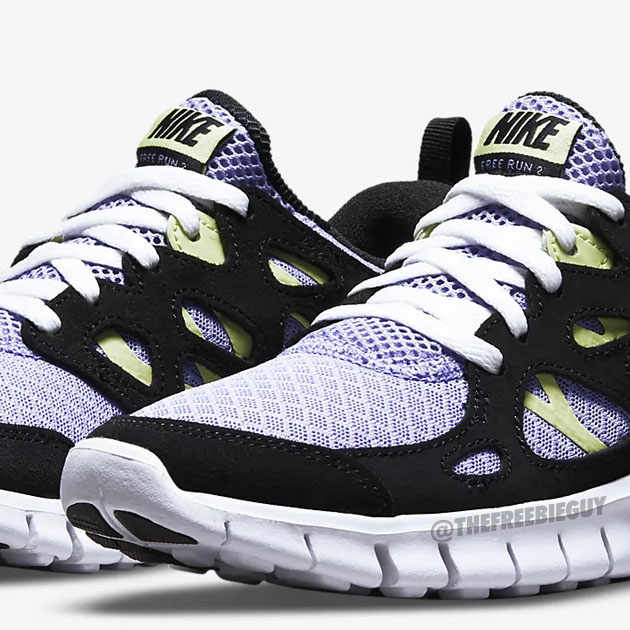In a world increasingly defined by rapid consumerism and ever-growing waste, the call for a more sustainable lifestyle echoes louder than ever. As we navigate the bustling aisles of stores and scroll through endless online catalogs, the allure of new purchases often captivates us—shiny, untouched, and promising instant gratification. Yet, a pivotal shift is taking place, one that challenges our conventional notions of ownership and consumption. Enter the realm of second-hand and rental options, which offer not just an alternative but a profound opportunity to embrace sustainability. By prioritizing pre-loved goods and shared experiences over new acquisitions, we can collectively reduce our environmental footprint while uncovering unique treasures and fostering community connections. In this article, we explore the compelling case for choosing second-hand and rental solutions, highlighting their benefits for the planet and our lives, ultimately inviting readers to redefine what it means to shop responsibly.
Exploring the Environmental Benefits of Second-Hand and Rental Options
Choosing second-hand and rental options significantly reduces our ecological footprint, offering a myriad of environmental benefits that contribute to a more sustainable future. By opting for pre-loved items, we help divert waste from overflowing landfills, where new products would otherwise contribute to a growing problem. Additionally, the production of new goods typically involves resource-intensive processes that consume energy, water, and raw materials. Here are some key advantages:
- Waste Reduction: The circular economy thrives when we repurpose items instead of discarding them.
- Lower Carbon Emissions: Renting or buying second-hand reduces emissions associated with manufacturing and transportation.
- Resource Conservation: Utilizing existing products lessens the demand for new materials, protecting natural resources.
- Support for Local Economies: Many second-hand shops and rental services are small businesses contributing to the local community.
Considering the environmental impact of our choices poses an opportunity to foster a culture of sustainability while enjoying unique and high-quality items that have stories of their own.

Smart Choices for a Sustainable Future: Practical Tips for Shifting Your Purchasing Habits
Making intentional choices can significantly benefit our planet while also expanding our personal style and options. Here are some practical approaches to incorporate second-hand and rental options into your life:
- Explore Thrift Stores: Dig through local thrift shops for unique finds that add character to your wardrobe or home.
- Utilize Online Marketplaces: Platforms like eBay, Poshmark, and Facebook Marketplace offer a treasure trove of pre-owned items.
- Participate in Swaps: Organize or join clothing swaps with friends or community groups to refresh your closet without spending a dime.
- Rent for Special Occasions: Opt for rental services for items like formal wear and accessories, which you may only wear once.
- Follow Minimalism: Embrace a minimalistic mindset by only purchasing what you truly need, encouraging thoughtful buying.
By choosing pre-loved items or rentals, you’re not just saving money—you’re also contributing to the reduction of waste and the promotion of a more circular economy. This shift in purchasing habits embraces resourcefulness and creativity, allowing us to forge deeper connections with our belongings while respecting the environment.
Insights and Conclusions
As we tread lightly upon this planet, the choices we make echo far beyond our personal lives. Embracing sustainability through second-hand and rental options invites us into a vibrant community where each item carries a history, a story waiting to be told. By opting for the pre-loved over the brand new, we not only reduce our environmental footprint but also champion a circular economy that values longevity and creativity.
As you consider your next purchase, take a moment to ponder the possibilities. Will you give a cherished item a new lease on life, or choose to borrow something special instead of buying? In this ever-evolving journey toward sustainability, each small decision can lead to significant change. Together, let’s cultivate a culture of conscious consumption, where the treasures of the past meet the aspirations of the future, weaving a more sustainable tapestry for generations to come. The power lies in your hands—will you embrace it?










